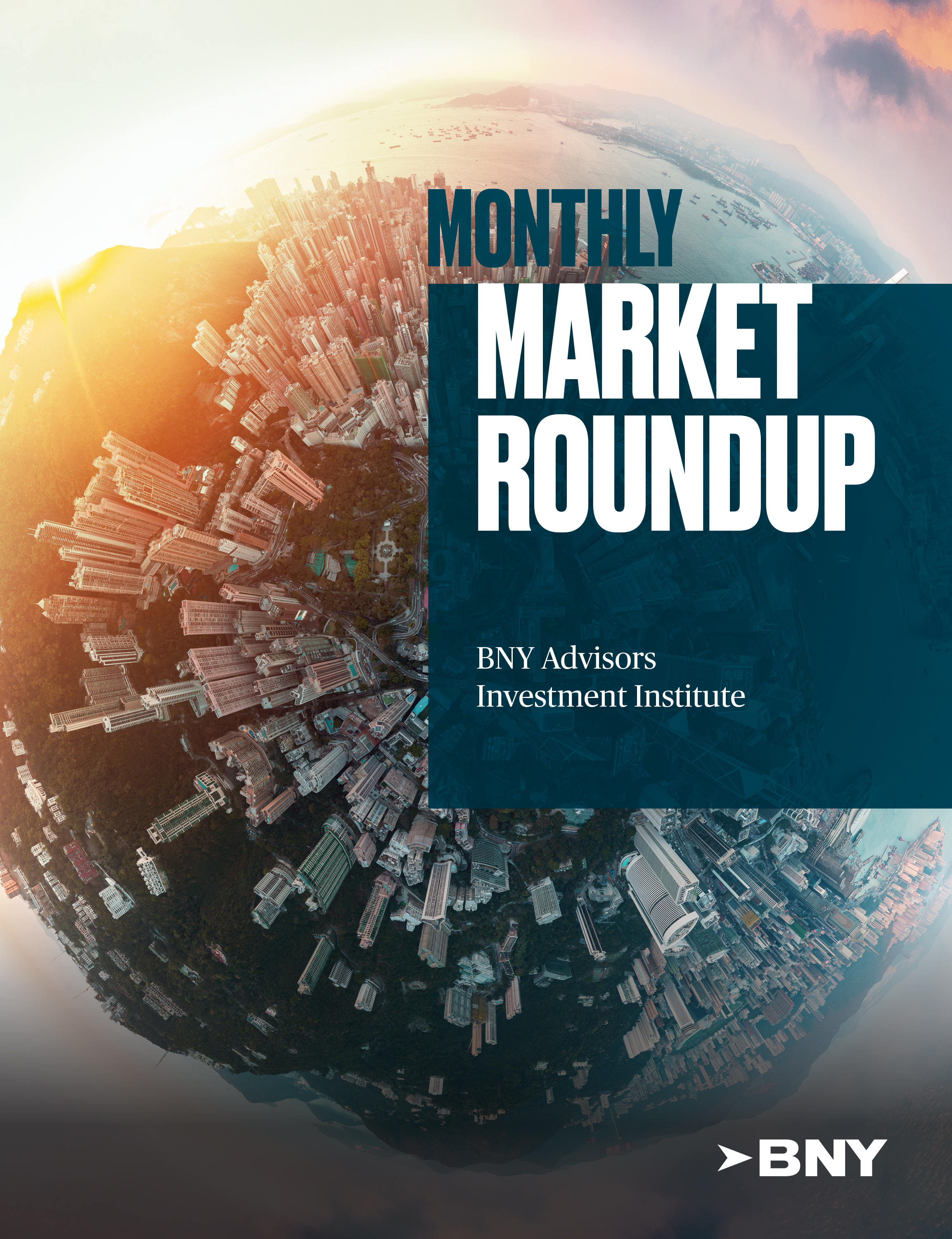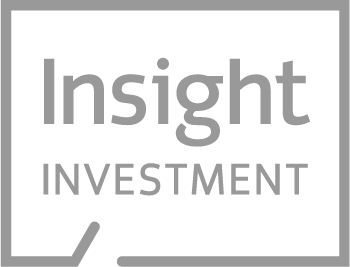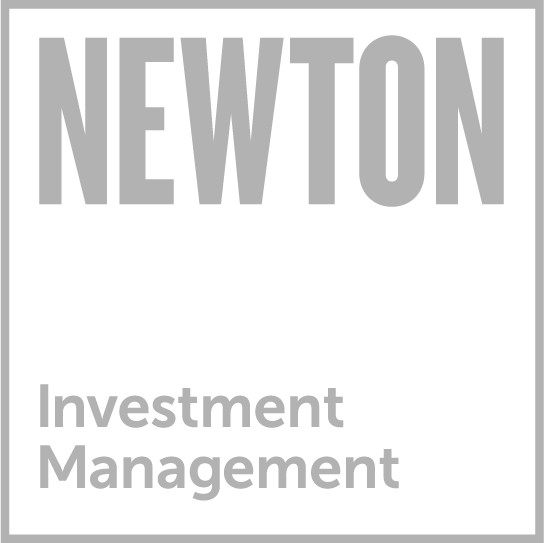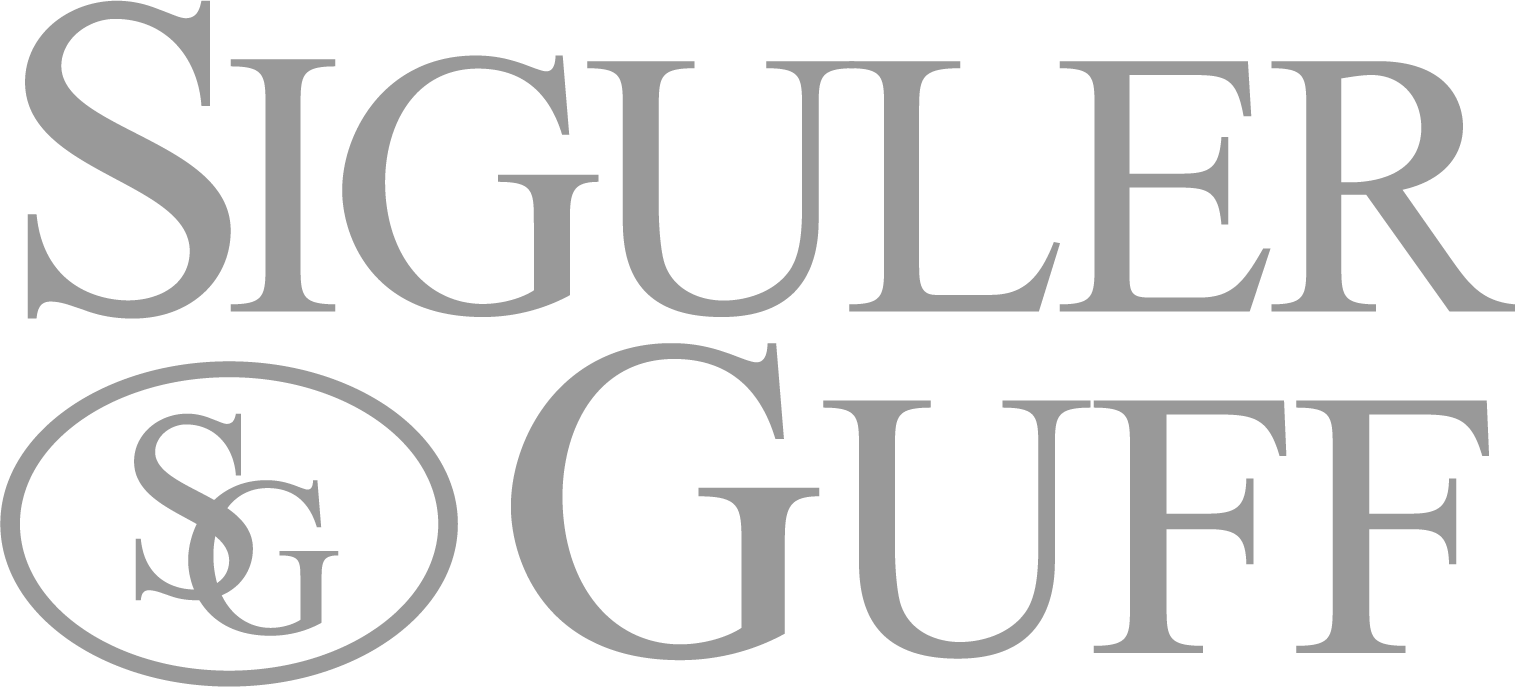Featured Insights

THE ALTA REPORT
A quarterly compilation of BNY Mellon perspectives derived from our unique vantage point at the intersection of markets.

AI Equity Impact: Already Irrational?
The market may surge in the next few years as AI benefits become clearer and the market prices more of the impact.
Monthly Market Roundup

August 2024
July 2024 Overview
In July, performance was positive for equities, fixed income and gold, while broad commodity indices fell. Growth expectations cooled, and inflation worries fell, leading to a firming in expectations for rate cuts from major developed central banks. Interest rate-sensitive assets outperformed overall, with US small cap equities returning more than 10% over the month.
Points of View

Points of View: On the cusp of a productivity boom?
The promise of AI (and other reasons for optimism)
Global Economics and Investment Analysis Group
Meet the minds behind the research.


Keith Collier, CFA
Head of Asset Allocation Research



Ryan Milgrim, CFA
Senior Research Analyst
MARK-487914-2024-01-24






